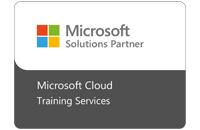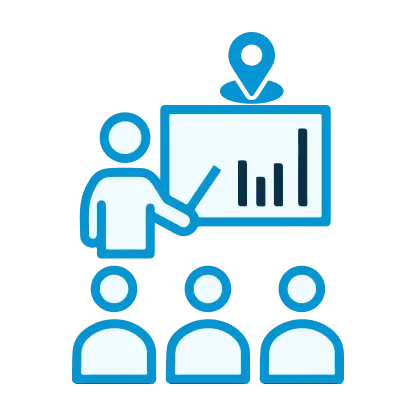Unable to find what you're searching for?
We're here to help you find itAZ-400T03-A: Implementing Continuous Delivery Course Overview
The AZ-400T03-A: Implementing Continuous Delivery course is designed to equip learners with the knowledge and skills necessary to implement Continuous delivery practices as part of their DevOps strategies. This continuous delivery course is a deep dive into the creation of a cohesive Release strategy, the establishment of a Release management workflow, and the implementation of various Deployment patterns.
Throughout the course, participants will engage in practical exercises and labs, which will reinforce the lessons on Release strategy recommendations, building a high-quality Release pipeline, choosing Deployment patterns, and selecting the right Release management tool. In addition, the training covers setting up Release pipelines, Configuring environments, Managing secrets, and Automating testing and Health inspections.
By completing this continuous delivery training, learners will be well-prepared to streamline their software delivery processes, reduce deployment risks, and improve the overall quality and reliability of their software releases. This course is essential for professionals aiming to master continuous delivery and enhance their DevOps capabilities.

Purchase This Course
USD
View Fees Breakdown
| Course Fee | 700 |
|
Total Fees |
700 (USD) |
USD
View Fees Breakdown
| Course Fee | 525 |
|
Total Fees |
525 (USD) |
USD
View Fees Breakdown
| Flexi Video | 16,449 |
| Official E-coursebook | |
| Exam Voucher (optional) | |
| Hands-On-Labs2 | 4,159 |
| + GST 18% | 4,259 |
|
Total Fees (without exam & Labs) |
22,359 (INR) |
|
Total Fees (with exam & Labs) |
28,359 (INR) |
Select Time
Select Date
| Day | Time |
|---|---|
|
to
|
to |
♱ Excluding VAT/GST
You can request classroom training in any city on any date by Requesting More Information
♱ Excluding VAT/GST
You can request classroom training in any city on any date by Requesting More Information

Rajesh Gogia
As a professional corporate trainer with a deep understanding of various Microsoft technologies, I have gained extensive experience in designing, implementing, and administering training programs. My expertise includes Microsoft Azure Architecting, Designing, Planning, and Implementation, Azure Architect Certified, Azure DevOps, Microsoft 365, and Microsoft Exchange Solutions (Since 4.0 till Exchange Online), Microsoft Exchange Instant Messaging, LCS, OCS, Lync, SFB and Teams with Enterprise Voice Solution.
Technical Expertise on SMS, SCCM, MOM, SCOM, SharePoint (from WSS version till SharePoint Online).
Handling Azure Security, Cybersecurity, Microsoft Purview (Governance, Compliance) Solutions.
In Citrix, journey started from MetaFrame, then moved to Presentation Server, Password Manager, Access Gateway, Smart Access, XenApp, XenServer, CVAD (Citrix Virtual Apps and Desktop), Citrix ADC, Citrix DaaS Deployment and Administration, Citrix MCS, Citrix PVS, Citrix Virtual Apps and Desktops 7 Architect Design Solutions, Deploy and Manage Citrix ADC 13. X with Traffic Management. Handled Corporate trainings and deployments.
With a proven track record of success, I am skilled in developing customized training solutions that effectively meet the unique needs of clients. My passion for learning and dedication to staying up-to-date on the latest industry trends enables me to deliver training programs that are both informative and engaging.
Associated with Koenig since April-2002.


The AZ-400T03-A course equips IT professionals with skills in implementing continuous delivery strategies and pipelines.
Target audience for the course:
The AZ-400T03-A: Implementing Continuous Delivery course equips students with the skills to design robust release strategies, manage release workflows, and implement advanced deployment patterns for high-quality software delivery.
These objectives are designed to provide students with a comprehensive understanding and hands-on experience in implementing Continuous Delivery to accelerate and enhance the software release process.





